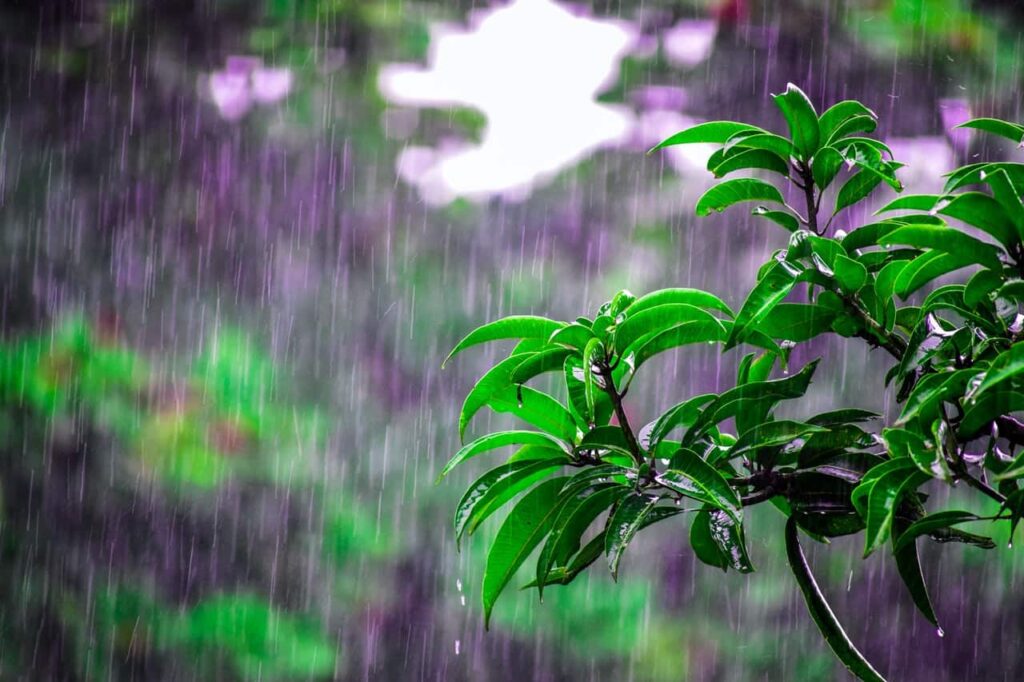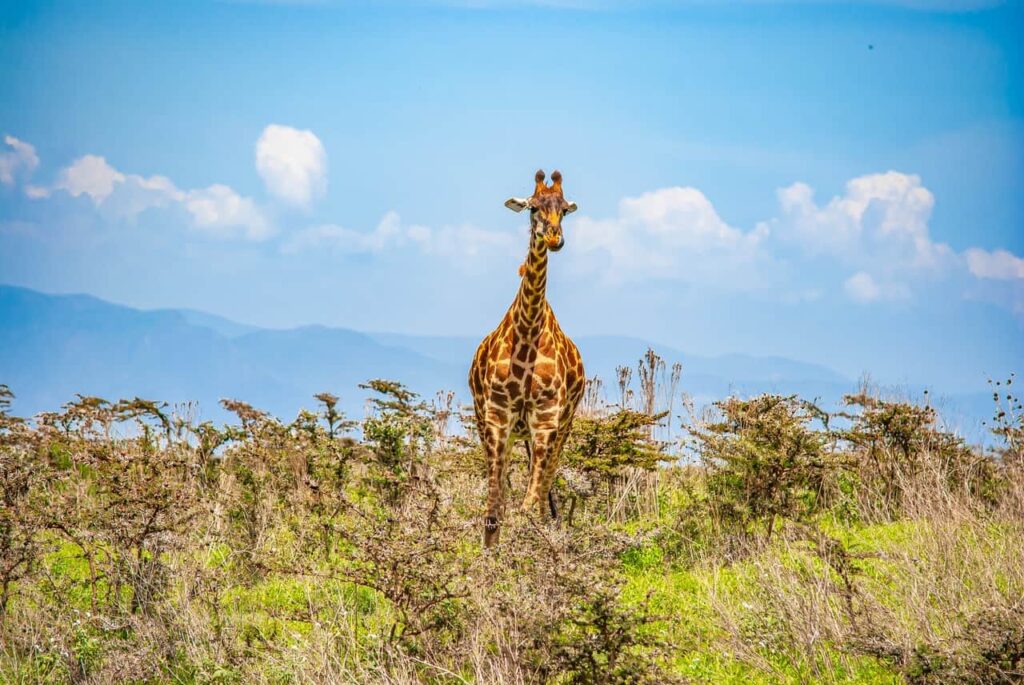
Africa is a great continent that has world-class tourist destinations. However, the weather can be unpredictable and hot. If you’re traveling to Tanzania for your vacation or other reason, it’s essential to know what kind of weather to expect so that you can plan your trip and pack your luggage accordingly!
The climate varies depending on where you are in Tanzania because it is a large country with different temperatures. From the hot, dry climate of Arusha to the cool, wet weather in Dar es Salaam, Tanzania has something for every type of traveler.
Tanzanian Climate Types
Table of Contents
The climate in Tanzania can be divided into three main categories: humid subtropical, hot desert, and cool mountain.
The coastal areas of the country have a humid subtropical climate with warm temperatures most of the year. In these regions, it rains throughout most months, but there is more rain during specific periods than others (for example, from December to February). Generally speaking, tourists visit East Africa between June and September because they will experience cooler weather that pleasant travels.
In Central Tanzania, you’ll find a hotter desert-like climate characterized by an arid type of environment where rainfall is scarce all year round with little vegetation or wildlife. The rest of the region has a similar temperature range as those found on the coast.
In West Tanzania, there is a cool mountain climate with more rainfall and dramatic changes in temperature throughout the year. andThis area of Africa is great for those who love to travel during different seasons as they will have a lot of fun since each season offers something new! The weather here can be challenging because it’s often cloudy or rainy and freezing at night.
Tanzania weather climate and rainy season
Tanzania is located in the tropics, so it has a tropical climate. The temperature ranges from about 18°C to 29°C year-round, and there’s plenty of rainfall throughout the country.
The rainy season in Tanzania means heavy rains. The weather is very wet and humid, which makes travel difficult as roads become incredibly muddy. There are some benefits to this, though! This means that grasslands will be full of wildflowers once again. There will also be lots of fresh green food for animals such as zebras and buffalo, who graze on them all day long during this time.
The rainy season typically lasts from November through April. After that, temperatures begin to rise, and it is not as humid anymore! It becomes an excellent time for camping whether you are on a safari or out hiking. The Tanzania weather starts getting warmer around June-July, but there can still be some rain showers here and there until October, when things finally dry up again after the wet season is over. If you want sunny days with less humidity, come during January/February because those months tend to have beautiful blue skies without too much precipitation.
Heavy rains occur in winter and early spring (November to May), while the summer months of June through September tend to be drier and characterize by short rains. High temperatures may occur, especially away from Tanzania coasts or significant water bodies such as Lake Victoria.

Temperatures in Tanzania
Tanzania is a country with many sweltering hot days. The months between November and February are the hottest in Tanzania because they reach up to 40 degrees Celsius. The dry season lasts from December until April when there is little rainfall that only happens every few weeks. This period also has less humidity than other times of the year, which makes it easier for Tanzania’s residents to remain cool with minimal sweat being released onto their skin. Temperatures begin to drop during May, where most people will need sweaters or jackets due to how cold it can get at nighttime hours but do not stay this way long as August comes back around, bringing Tanzanian heat levels back up again.
Bottom lines
Over the course of Tanzania’s year, it is always best to be prepared for such a fluctuation in temperatures as Tanzania’s climate has proven time and time again that nothing can compare to its extreme weather conditions. Apply for your e-Visa to Tanzania, pack your all-weather clothes, and ensure that the rainy season or dropping temperatures won’t surprise you!

